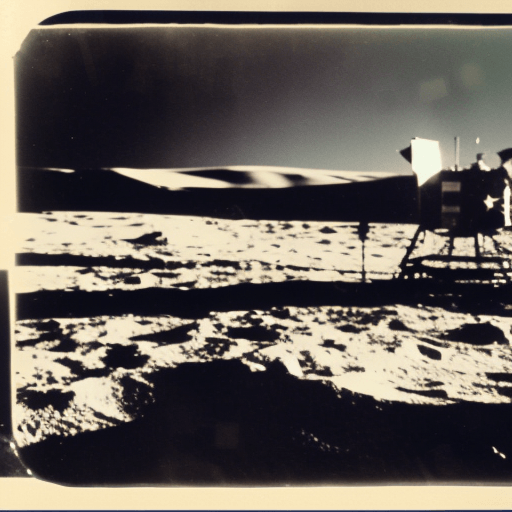Summary: Neil Armstrong lands on the moon (1969)
Neil Armstrong’s historic landing on the moon in 1969 marked a significant milestone in human space exploration. As part of NASA’s Apollo 11 mission, Armstrong became the first person to set foot on the lunar surface, uttering the famous words, “That’s one small step for man, one giant leap for mankind.”
The Apollo 11 Mission
The Apollo 11 mission was the culmination of years of scientific research, technological advancements, and rigorous training. Launched on July 16, 1969, from Kennedy Space Center in Florida, the spacecraft carried a crew of three astronauts: Neil Armstrong, Buzz Aldrin, and Michael Collins. Their objective was to land on the moon, explore its surface, and return safely to Earth.
The Lunar Landing
After a four-day journey, the lunar module, named Eagle, separated from the command module, Columbia, and descended towards the moon’s surface. On July 20, 1969, at 20:17 UTC, Armstrong and Aldrin entered the lunar module and initiated the landing sequence. As they approached the moon, they encountered unexpected challenges, including a rocky landing site and limited fuel reserves. However, Armstrong skillfully piloted the lunar module, guiding it to a safe touchdown in the Sea of Tranquility.
One Small Step for Man
At 02:56 UTC on July 21, 1969, Neil Armstrong became the first human to step onto the moon’s surface. As he descended the ladder, he famously declared, “That’s one small step for man, one giant leap for mankind.” Armstrong’s words captured the magnitude of the achievement, symbolizing the collective effort and progress of humanity in exploring the unknown.
Exploration and Experimentation
During their time on the moon, Armstrong and Aldrin conducted various experiments and collected samples of lunar soil and rocks. They deployed scientific instruments, including seismometers and a laser reflector, to gather data for future research. The astronauts also planted the American flag, leaving a symbol of their nation’s achievement on the lunar surface.
Return to Earth
After spending approximately two and a half hours outside the lunar module, Armstrong and Aldrin re-entered the spacecraft. They rendezvoused with Collins, who had remained in orbit around the moon, and transferred back to the command module. On July 24, 1969, the crew successfully splashed down in the Pacific Ocean, where they were recovered by the USS Hornet.
Legacy and Impact
Neil Armstrong’s moon landing had a profound impact on science, technology, and society as a whole. It demonstrated the capabilities of human space exploration and sparked a renewed interest in scientific research. The Apollo program paved the way for subsequent missions, with several more astronauts setting foot on the moon in the following years. Armstrong’s achievement also inspired generations of scientists, engineers, and astronauts, encouraging them to push the boundaries of human knowledge and exploration.
In conclusion, Neil Armstrong’s landing on the moon in 1969 was a monumental event in human history. It represented the culmination of years of scientific and technological advancements and symbolized the progress of humanity in exploring the unknown. Armstrong’s famous words and the Apollo 11 mission as a whole continue to inspire and shape the future of space exploration.












